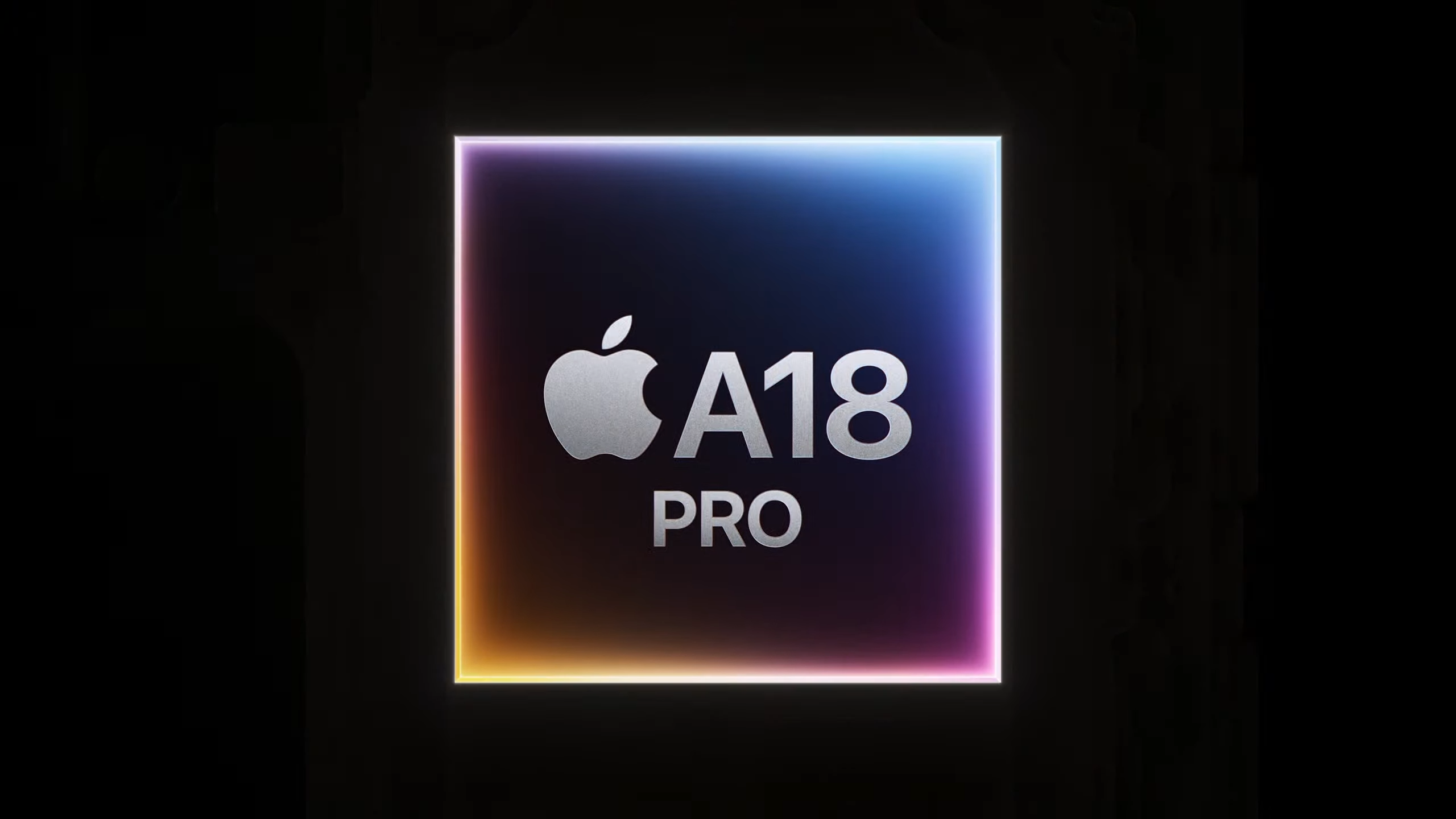
It’s been reported that all five iPhones coming next year — including the one that’s set to arrive first, the iPhone SE 4 — will continue to use chips manufactured to the 3nm process by TSMC.
But in 2026, many analysts predict the company will shift to 2nm chips for some iPhone 18 models. Now, for the first time, a dollars-and-cents estimate has been put on the cost of this change, and in all likelihood, it will spell a price increase for consumers.
A new report from Taiwanese news site Ctee suggests that the associated cost of leaning on 2nm chips will see Apple paying TSMC $35 more per unit, for a total cost of $85 per iPhone.
While that doesn’t sound like a huge sum, two things are worth considering. Firstly, that represents a 70% increase on the current cost of $50. Second — and more importantly — an increase of $35 is just what Apple will pay — for the consumer, it will almost certainly be a whole lot more.
The associated cost of leaning on 2nm chips will see Apple paying TSMC $35 more per unit, for a total cost of $85 per iPhone.
We can safely predict this because while Apple doesn’t break down the cost of components for its devices, plenty of third parties attempt to estimate it with every release. Here, for example, you’ll see exactly how much profit the company makes on the iPhone 15 family of smartphones, ranging from 47% on the iPhone 15 to 53% on the iPhone 15 Pro Max. In other words, it’s likely that a $35 increase for Apple would translate into at least a $50 increase for the consumer, and probably more.
Still, it will likely be worth the added cost. A reduction from 3nm to 2nm means smaller transistors, which in turn means that more can be packed onto a chip, boosting both speed and efficiency.
Whether all iPhone 18 models will benefit from the 2nm chipset is unknown. Until the iPhone 14, Apple put the same chips in all its phones, but it then opted to offer faster ones to the Pro models while giving the regular models year-old silicone.
This year, Apple backtracked on that a little, with minimal speed difference between the A18 in the iPhone 16 and the A18 Pro in the iPhone 16 Pro. But given the added cost involved in the 2nm process, it wouldn’t be surprising if Apple decided to stick to 3nm chips in the cheaper models. Indeed, that’s what the analyst Ming-Chi Kuo anticipates.

Beyond talk of 2nm chipsets, it’s so early for the iPhone 18 that rumors are thin on the ground. While there’s talk of under-screen Face ID (which would presumably see the end of Dynamic Island) and a variable aperture wide-angle lens, it’s possible that such features could be delayed or abandoned.
The iPhone 17 lineup, however, is taking shape nicely. Most excitingly, it looks like we’ll see a new thinner model — either the iPhone 17 Slim or iPhone 17 Air — joining the roster, at the expense of the struggling iPhone 16 Plus. But it may cost a fair bit more than most buyers will stomach.







